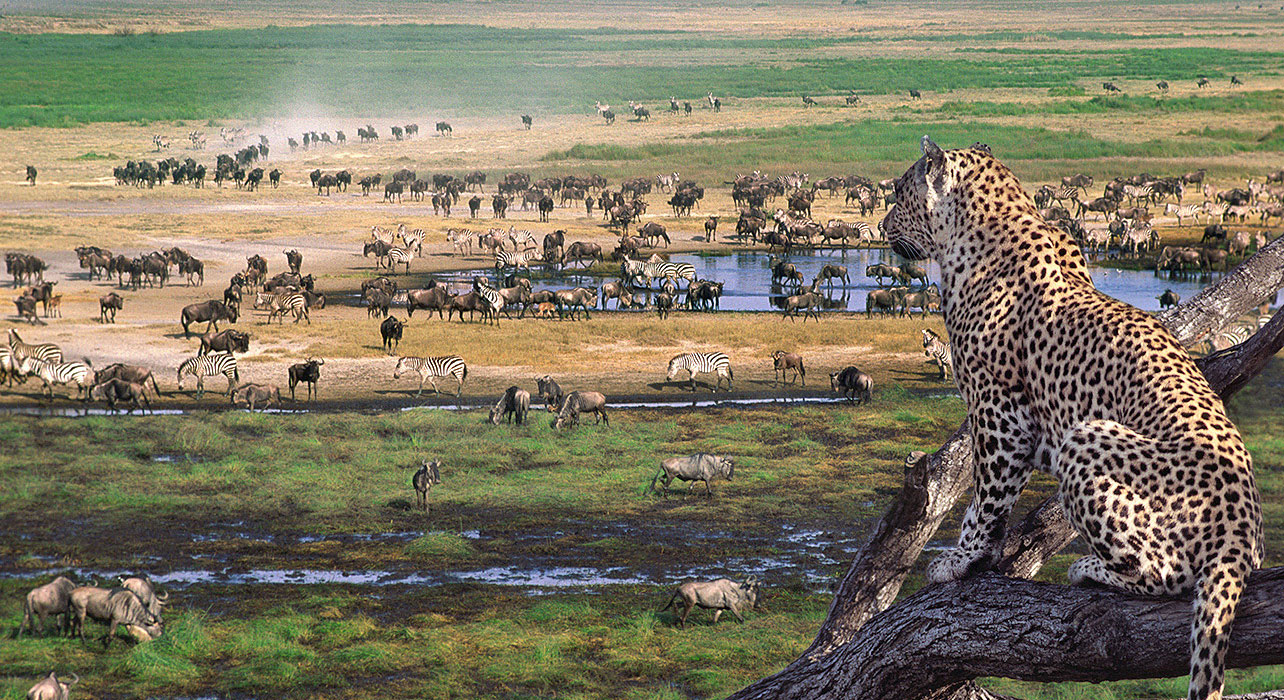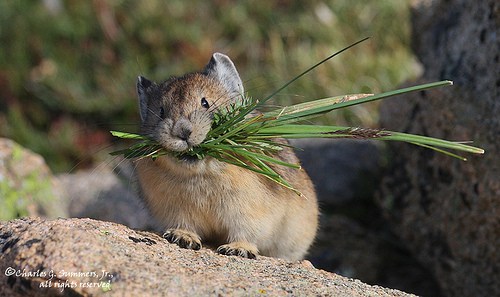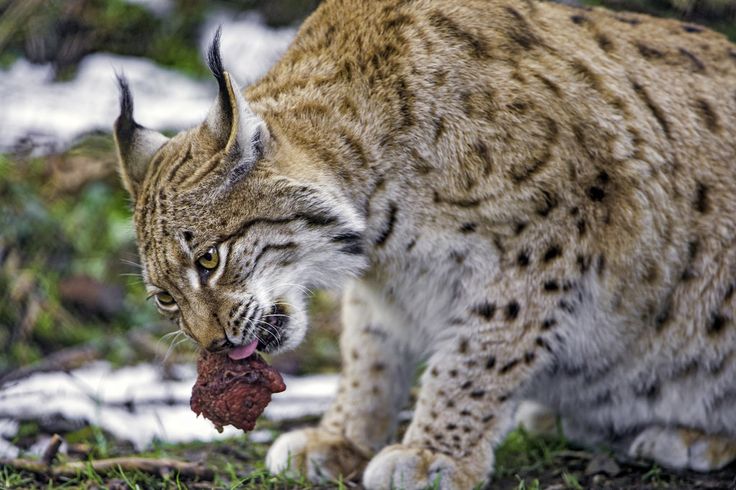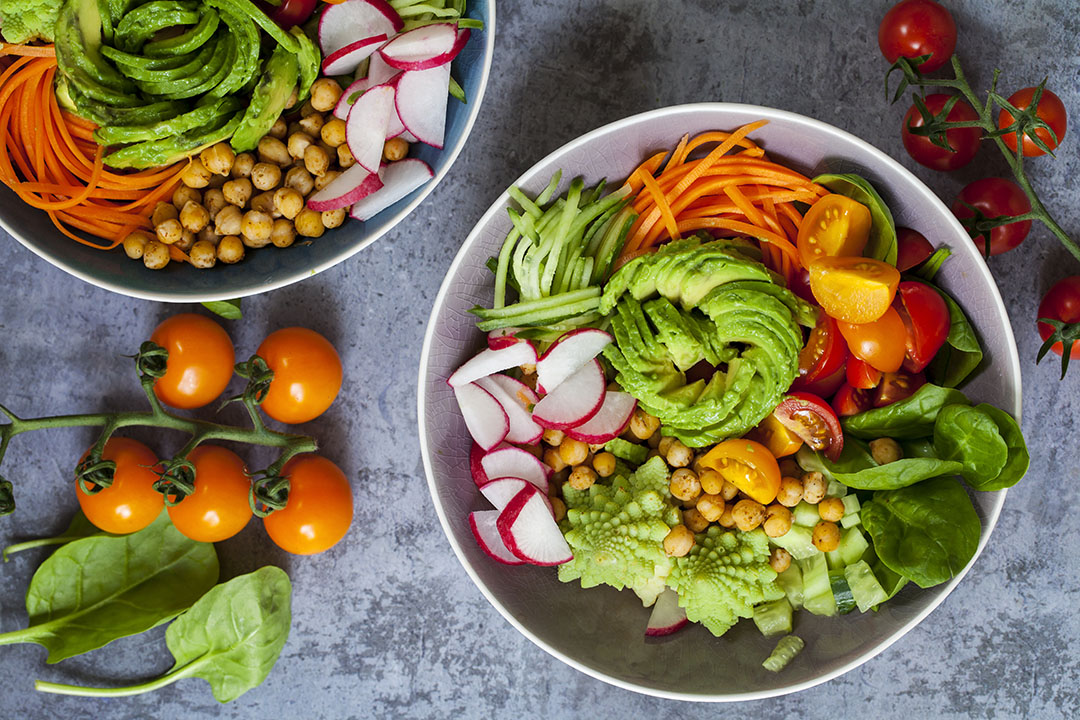It’s been about four months that I’ve gone “semi-veggie” (I hunt and eat game meat and occasionally have fish), but it’s been one week since I’ve cracked down on eating 90% plant-based (I had to explain to the husband that just because someone says they are vegetarian does not mean that they only consume plant-based foods,for example, I ate a lot of noodles…). The verdict? I have never felt better. I wake up early with a clear head (I am NOT a morning person by nature), and the energy I have is seemingly endless! I’ve been beating my personal-best times on workout routines and I have much more focus at work. Generally a full day on the computer punching numbers leaves me mentally exhausted, making me want to come home and curl in fetal position on the couch. Not lately! I’ve been coming home headache-free and enough energy to play with my dog, shoot my bow, make dinner and hang out with Jordan. It has seriously been the best, most productive week ever. Now, before you get your panties in a bunch (I’ve noticed that discussing diet is a very controversial subject with most, especially when you bring in the word “vegetarian”), this is not a post on how you should eat. I just wanted to delve in deeper on why I am getting the sudden change in energy and focus.
This morning, laying awake in bed at 5 am, thinking about how wonderful I feel, my thoughts naturally meandered to prairies and savannas, great grasslands where hundreds of herbivores are (were, at least) grazing. Herbivores are animals that solely eat plant matter and therefore, they are primary-consumers. Basically, they eat plants to digest the carbohydrates produced photosynthetically (a little process plants do to convert energy from the sun into chemical energy) by plants. And, of course, carnivorous animals (those that solely eat other animals) are secondary-consumers. They get this vital energy from the sun by eating animals that have eaten the photosynthetic-plants. So, somewhere in this food chain, there has got to be a loss of energy, right?

A plant is the holy grail of energy. They have really got their shit figured out. They simply absorb the energy from the sun themselves, use the energy to mix carbon dioxide and water, and BOOM, they’ve made sugar. Oh, and by the way, oxygen is a by-product of this process, it’s let go as waste, which so happens to supply most of the energy necessary for life on earth. No big deal.
Unfortunately, we, and other organisms in the class Animalia, do not have this awesome power. So what do we do? We freeload off of all the hard work of plants by consuming them. Actually, it’s not really freeloading… turns out digesting plants is super tough. Plants contain cellulose, a structural component of a plant’s primary cell wall. We humans cannot digest cellulose, but some herbivores (like cows and termites) can with the help of specialized micro-organisms in their gut. Herbivores have evolved all sorts of ways to break down plants, and some are better at it than others. For a grass-eating herbivore, breaking down plant matter can be a full-time job. Anyways, the point is, breaking down plants for energy is hard, and only a portion of the energy plants have is successfully absorbed (somewhere around 10%). And of that portion, most is converted to body heat, which is then radiated away and lost in the system.–>BAR BANTER–> Cold-blooded critters, like my cute little bearded dragon, are much better at reserving energy from plants than us warm-blooded critters, which is why they don’t have to eat nearly as much (granted, they don’t move much either, but hey…).

OK, so you probably know by now where I am heading with all of this. If herbivores are only getting 10% of that solar power from the plants, how much are carnivores getting by consuming the herbivores? Since most of the energy is used in respiration by herbivores and lost as body heat, carnivores are only getting about 1% of the original energy that the plants captured. Within each trophic level (producers, primary consumers, secondary consumers, tertiary consumers, decomposers and so on), about 90% of the energy from the sun is lost. So decomposers, bacteria, fungi and other things, are getting somewhere around 0.1%. They break down the organic matter into inorganic nutrients used by the plants to undergo photosynthesis, and yes, convert more sun energy. This, my friends, is the Flow of Energy (aka, The Circle of Life, insert Lion King intro here…), albeit a simplified version.

So by swapping around my food pyramid and consuming mostly plant matter I am receiving way more energy, am I right? You can see the issue in consuming processed foods (flour and other plant FRAGMENT foods) that are full of fillers and very little plant material that contain all that great solar power. You can also see the issue in consuming animals and animal products that were raised on… who knows what… other animal products? This is one of the many reasons to be picky about where your meat comes from.

I don’t know, perhaps an actual human nutritionist needs to pipe in and give me the deets on why exactly I am feeling so awesome lately. But if your brain is ecologically wired like mine, perhaps the Flow of Energy theory is enough to explain things and keep us on the plant-based path. Ah! When people ask me what “diet” I am on, I am going to tell them this: “The Energy Diet”. Oh kale yeah.
Until next time, strangers.
Share this:





